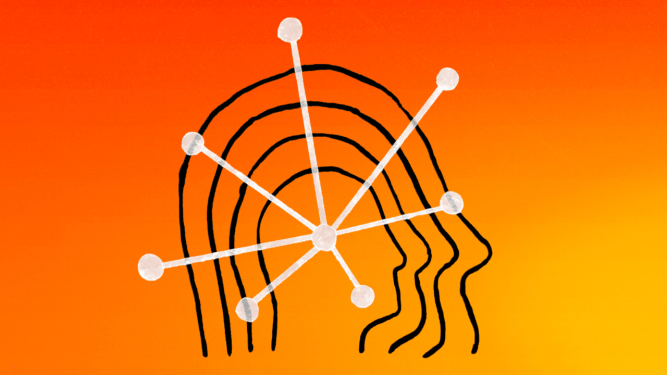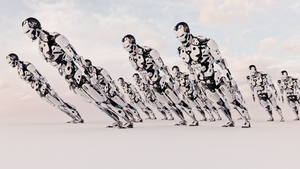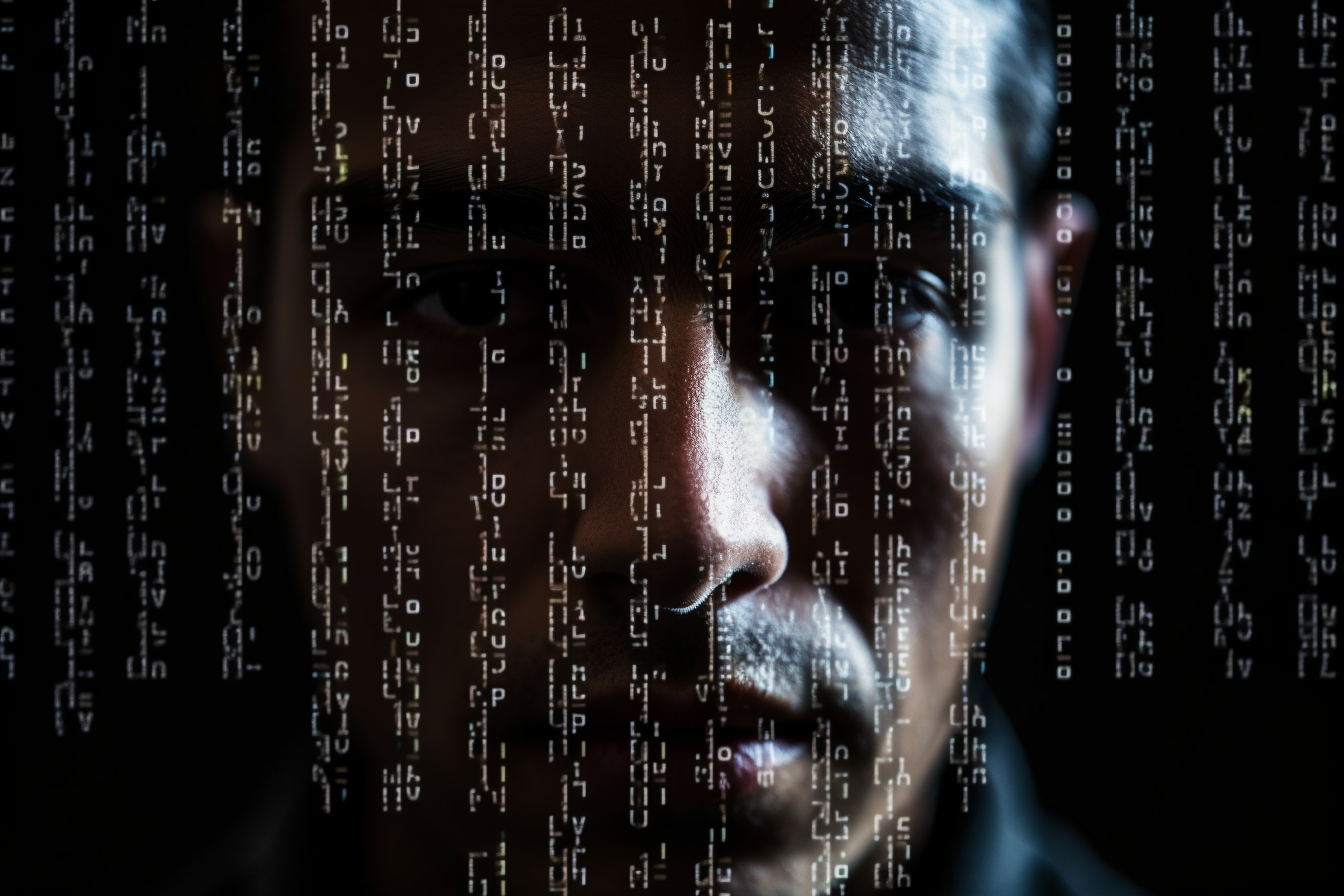Hello, tech enthusiasts! I’m Emily Chen, and I’m excited to share with you a fascinating research paper that’s causing quite a stir in the AI community: ‘StyleAvatar3D: Leveraging Image-Text Diffusion Models for High-Fidelity 3D Avatar Generation’. Buckle up, because we’re about to explore a groundbreaking method that’s pushing the boundaries of what’s possible in 3D avatar generation.
The Magic Behind 3D Avatar Generation
Before we dive into the nitty-gritty of StyleAvatar3D, let’s take a moment to appreciate the magic of 3D avatar generation. Imagine being able to create a digital version of yourself, down to the last detail, all within the confines of your computer. Sounds like something out of a sci-fi movie, right? Well, thanks to the wonders of AI, this is becoming our reality.
The unique features of StyleAvatar3D, such as pose extraction, view-specific prompts, and attribute-related prompts, contribute to the generation of high-quality, stylized 3D avatars. However, as with any technological advancement, there are hurdles to overcome. One of the biggest challenges in 3D avatar generation is creating high-quality, detailed avatars that truly capture the essence of the individual they represent.
Unveiling StyleAvatar3D
StyleAvatar3D is a novel method that’s pushing the boundaries of what’s possible in 3D avatar generation. It’s like the master chef of the AI world, blending together pre-trained image-text diffusion models and a Generative Adversarial Network (GAN)-based 3D generation network to whip up some seriously impressive avatars.
What sets StyleAvatar3D apart is its ability to generate multi-view images of avatars in various styles, all thanks to the comprehensive priors of appearance and geometry offered by image-text diffusion models. It’s like having a digital fashion show, with avatars strutting their stuff in a multitude of styles.
The Secret Sauce: Pose Extraction and View-Specific Prompts
Now, let’s talk about the secret sauce that makes StyleAvatar3D so effective. During data generation, the team behind StyleAvatar3D employs poses extracted from existing 3D models to guide the generation of multi-view images. It’s like having a blueprint to follow, ensuring that the avatars are as realistic as possible.
But what happens when there’s a misalignment between poses and images in the data? That’s where view-specific prompts come in. These prompts, along with a coarse-to-fine discriminator for GAN training, help to address this issue, ensuring that the avatars generated are as accurate and detailed as possible.
Diving Deeper: Attribute-Related Prompts and Latent Diffusion Model
Welcome back, tech aficionados! I’m Emily Chen, fresh from my bagel break and ready to delve deeper into the captivating world of StyleAvatar3D. Now, where were we? Ah, yes, attribute-related prompts.
In their quest to increase the diversity of the generated avatars, the team behind StyleAvatar3D didn’t stop at view-specific prompts. They also explored attribute-related prompts, adding another layer of complexity and customization to the avatar generation process. It’s like having a digital wardrobe at your disposal, allowing you to change your avatar’s appearance at the drop of a hat.
But the innovation doesn’t stop there. The team also developed a latent diffusion model within the style space of StyleGAN. This model enables the generation of avatars based on image inputs, further expanding the possibilities for avatar customization. It’s like having a digital makeup artist, ready to transform your avatar based on your latest selfie.
Pipeline
Here’s an overview of the pipeline used in StyleAvatar3D:
- Image-Text Diffusion Model: The first step is to generate images from text prompts using an image-text diffusion model.
- Pose Extraction: The next step is to extract poses from existing 3D models, which are then used to guide the generation of multi-view images.
- View-Specific Prompts: View-specific prompts are generated based on the pose extracted and used to fine-tune the GAN training process.
- Attribute-Related Prompts: Attribute-related prompts are also generated based on the attribute of the avatar, which allows for increased diversity in the generated avatars.
Experiments
The authors conducted extensive experiments to evaluate the performance of StyleAvatar3D on various tasks, including:
- Multi-view image generation: The model was evaluated on its ability to generate high-quality, multi-view images of avatars.
- Pose estimation: The model was evaluated on its ability to estimate poses from existing 3D models.
- Attribute transfer: The model was evaluated on its ability to transfer attributes between avatars.
Conclusion
StyleAvatar3D is a novel method for generating high-quality, stylized 3D avatars using pre-trained image-text diffusion models and a GAN-based 3D generation network. The method leverages pose extraction, view-specific prompts, and attribute-related prompts to generate realistic and diverse avatars.
The authors conducted extensive experiments to evaluate the performance of StyleAvatar3D on various tasks, including multi-view image generation, pose estimation, and attribute transfer. The results demonstrate that StyleAvatar3D is a powerful tool for generating high-quality 3D avatars and can be used in a variety of applications, such as virtual try-on, avatar creation, and augmented reality.
Future Work
The authors suggest several avenues for future work, including:
- Improving the quality of generated images: The authors note that while StyleAvatar3D generates high-quality images, there is still room for improvement.
- Exploring new applications: The authors suggest that StyleAvatar3D could be used in a variety of applications beyond virtual try-on and avatar creation.
- Developing more advanced image-text diffusion models: The authors note that the performance of StyleAvatar3D relies heavily on the quality of the pre-trained image-text diffusion model, and that developing more advanced models could further improve results.
Code
The code for StyleAvatar3D is available on GitHub: https://github.com/styleavatar3d/styleavatar3d
Paper
The paper "StyleAvatar3D: Leveraging Image-Text Diffusion Models for High-Fidelity 3D Avatar Generation" can be found on arXiv: https://arxiv.org/abs/2305.19012



